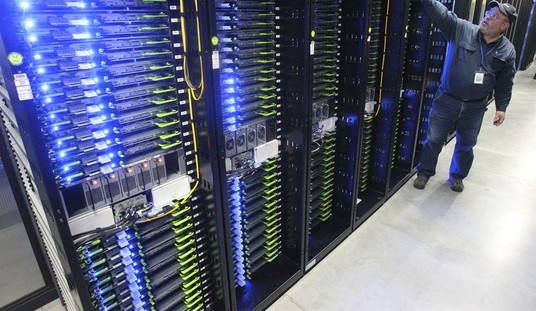
Dr. Drew Pinsky, a California-based physician who now hosts a talk radio show, correctly predicted the current typhus outbreak in Los Angeles about 18 months ago. Now he is sounding the alarm about a potential outbreak of the bubonic plague in the Los Angeles area, saying that unless conditions change quickly and drastically, Southern California will be dealing with a horrific epidemic.
The last outbreak of the bubonic plague, ironically, was in the 1920’s in Los Angeles. Yersinia pestis, the organism that causes the plague, is endemic to the valleys Southern California and comes down through the foothills on squirrels and raccoons, Pinsky explained to Scott Adams on a Thursday podcast.
“[Then] It gets into the rats. When the rats proliferate, it gets into the humans. And we now have somewhere between 12 and 20 million rats in Los Angeles, and we’re one of the only cities in the country with no rodent control program.
“If you look at the pictures of Los Angeles you’ll see that the homeless encampments are surrounded by dumps. People defecate there, they throw their trash there, and the rats just proliferate there.
“The last outbreak was in the 1920s. It was only because of some heroic efforts by a group of physicians that it didn’t become a massive problem. It killed everyone who came in contact with the case zero.”
With the sheer volume of people now in Los Angeles, compared to 100 years ago, this is a terrifying prospect.
Downtown Los Angeles is now infamous for its trash piles, and while those are definitely part of the problem, Pinsky said the homelessness issue is the main driver of the potential disease outbreaks. Pinsky, who has worked as a physician at psychiatric hospitals, believes the homelessness issue has been caused by an inability to properly treat the chronically mentally ill and drug addicts. The people in this population, he asserts, will not voluntarily take up offers of housing.
“The part that is now driving me to my grave, I think, on this problem that this is a population that if you walk up to them and say come on, let’s go, we’ve got a great place for you to live, the vast majority will refuse.
“People don’t believe this, but if you are chronically mentally ill, unless you have treatment it’s very difficult to live in four walls. If you’re a drug addict, you seek the streets. So there is an attachment to this lifestyle that is not being addressed.”
So, the solution Kamala Harris, Gavin Newsom, and Eric Garcetti tout, “affordable housing,” won’t have an effect on the “vast majority” of the homeless population.
“Housing is not the problem in Los Angeles. We just absorbed 800,000 undocumented immigrants. We’re a sanctuary city. We welcomed them with open arms. None of them are on the streets. They all found a place to live. 800,000 people in a year found a place to live.”
Adams posited that maybe elected officials focus on housing because “the real problem isn’t solvable.” Dr. Drew vehemently disagreed, describing the problem as “easily solvable, but it just doesn’t fit an ideology.” Pinsky explained that throughout human history the chronically mentally ill were put into a hospital and “cared for and stabilized and returned to their lives,” but that since the 1960’s we’ve only been able to institutionalize people involuntarily for 72 hours and only if they pose an immediate risk of harm to themselves or others. Because of this, the chronically mentally ill end up living on the streets.
Pinsky recommended changing the definition of “gravely disabled” and expanding the power of guardians and conservators so that parents of adult mentally ill or drug addicted children can more effectively care for them and get them off the streets, and said, “If these were dementia patients walking the streets and people did not help them, there would be outrage. It’s the same symptoms, caused by a different diagnosis.”
In addition, Pinsky pointed out that “60,000 people are defecating and urinating directly into the gutters every day,” so we have the untreated waste of 60,000 people flowing directly into the Pacific Ocean.
So what’s the solution? The first step, Pinsky said, is to acknowledge that we all have different brains and sometimes they get sick from time to time. After that, Pinsky said it might take the National Guard or some type of law enforcement operation to clear the homeless from the streets, assess whether they need addiction treatment or another type of mental health treatment, and go from there.
Let’s hope that it won’t take an actual outbreak of bubonic plague to spur elected officials at the state and local level to effective action.
The entire interview can be viewed here.
Jennifer Van Laar is RedState’s Deputy Managing Editor. Follow her on Twitter @jenvanlaar, or on Facebook. She is also the Executive Director of Save California PAC.














Join the conversation as a VIP Member